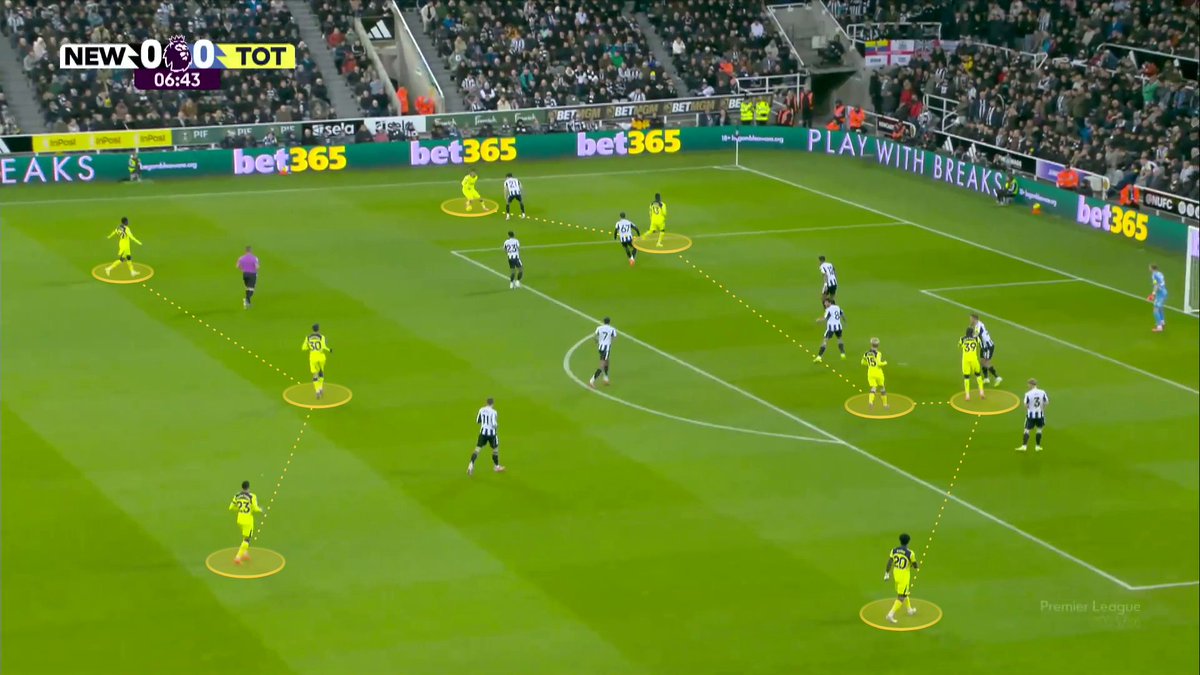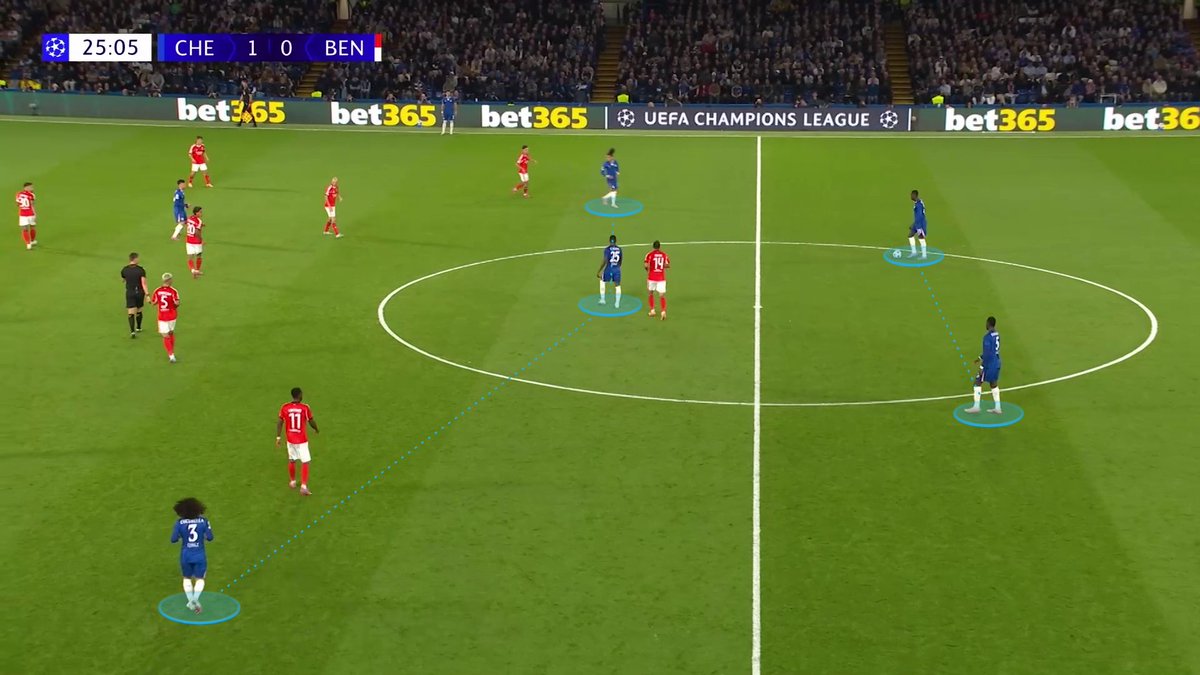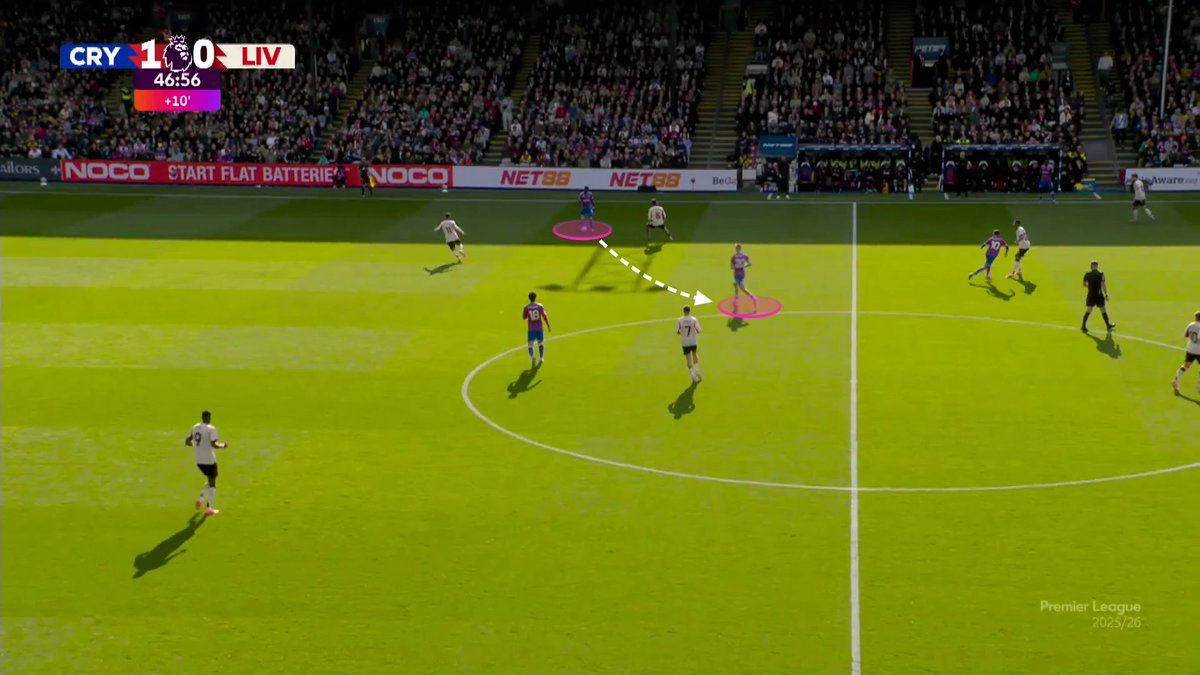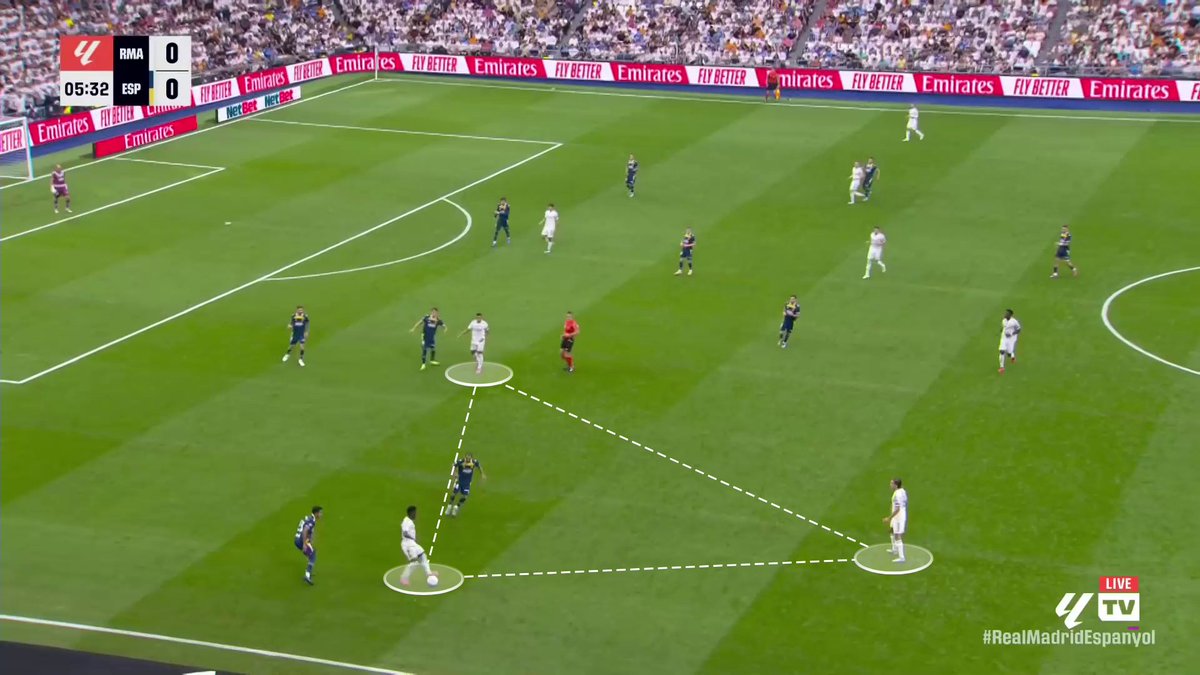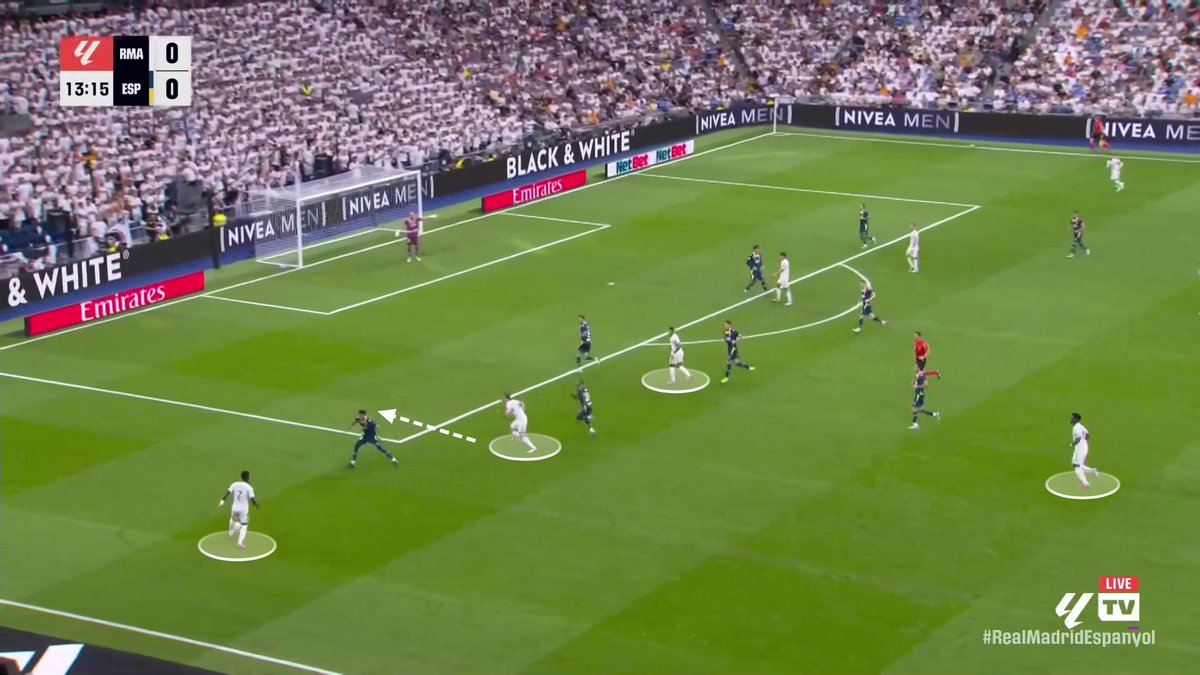Rodgers tactically outwitted Solskjaer today. Previously, United-Leicester fixtures consisted of head-to-head 4-2-3-1 vs 4-2-3-1 match ups so it was essentially a battle all over the park. However, today, Leicester implemented a 3-2 build-up shape which destroyed United's press. 

Below we can see last seasons fixture where both teams built and pressed way in the same way so tactically neither team had the edge (Evans and Justin out of picture in the second picture). It was all about individual player quality on the day. 



However, this season, Rodgers created an overload in the build-up against United's pressing line. Partey was the third CB in possession so this completely discombobulated United's pressing structure. Sancho/Greenwood didn't know whether to press the outside CB or the wingbacks. 

Below we can see just how easy it was for Leicester to play out of United's press thanks to a combination of their technical quality and overload in the build-up. This meant that United couldn't exert any control on the game off the ball because Leicester kept it every time.
Leicester, on the other hand, pressed United very successfully within an asymmetric 4-4-2/5-3-2 type shape in which the ball side wingback pressed the fullback, whether that be AWB or Shaw. This helped create defensive overloads on the byline with the midfield matching up inside.
Below is an example of it transitioning into a 4-4-2 shape when United's fullbacks receive possession.
So, when pressing high, Leicester still created last seasons 4-4-2 man-for-man high press against United's build-up, which was much more difficult for United to deal with and play through when compared to the ease in which Leicester played through United's press. 

The game was still reduced to fine margins considering United have top players all over the pitch (as do Leicester), so it was still razor right. However, Leicester had tactical advantages took what was a big method chance creation & control for United away from them (pressing).
What I would say is that the game was still 50/50 and it was won in moments with the likes of Maguire letting his team down for 2 goals and a decisive goal being a set piece to put Leicester 2-1 up, so luck wasn't on Solskjaer's side either, but it was luck Rodgers deserved.
• • •
Missing some Tweet in this thread? You can try to
force a refresh









